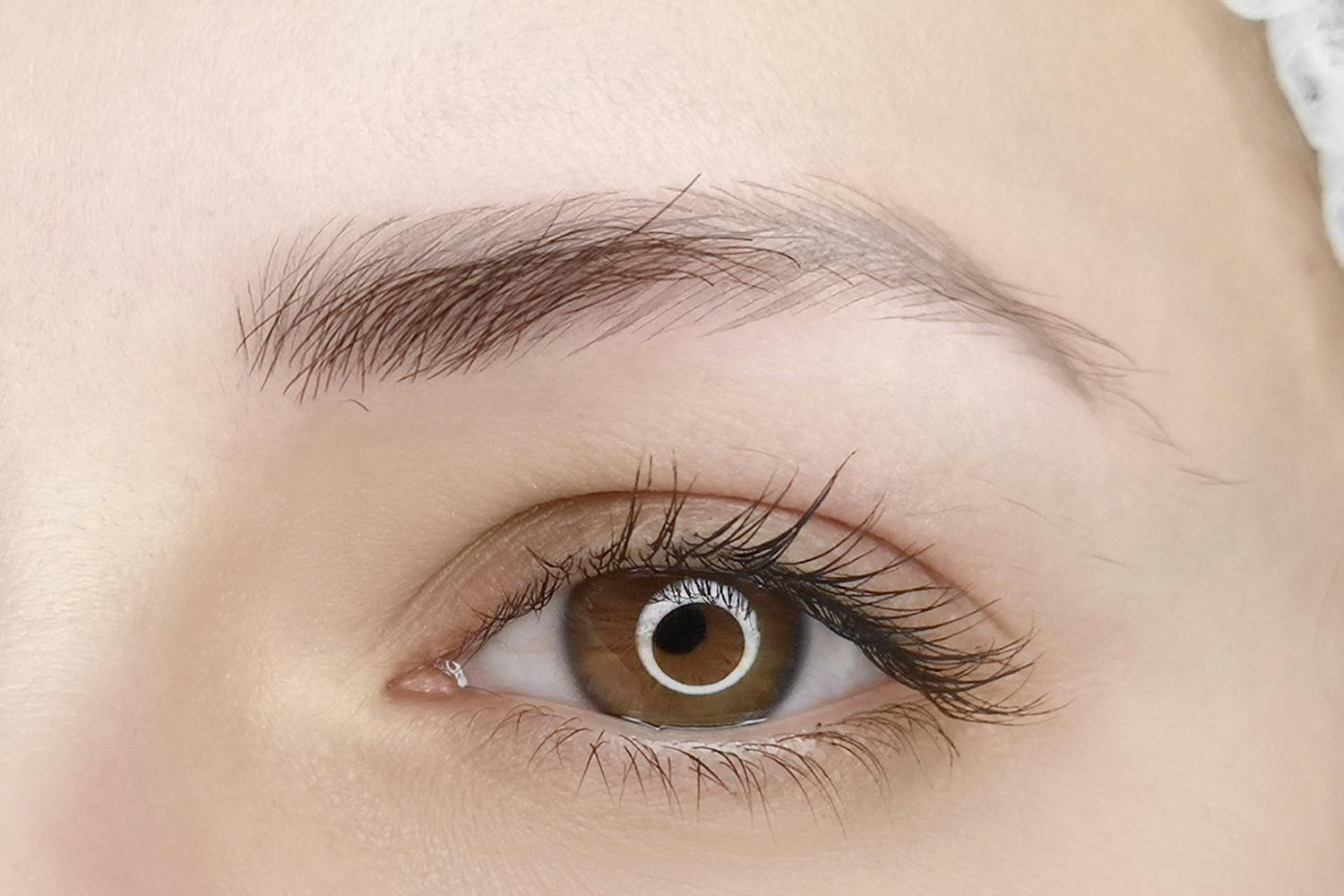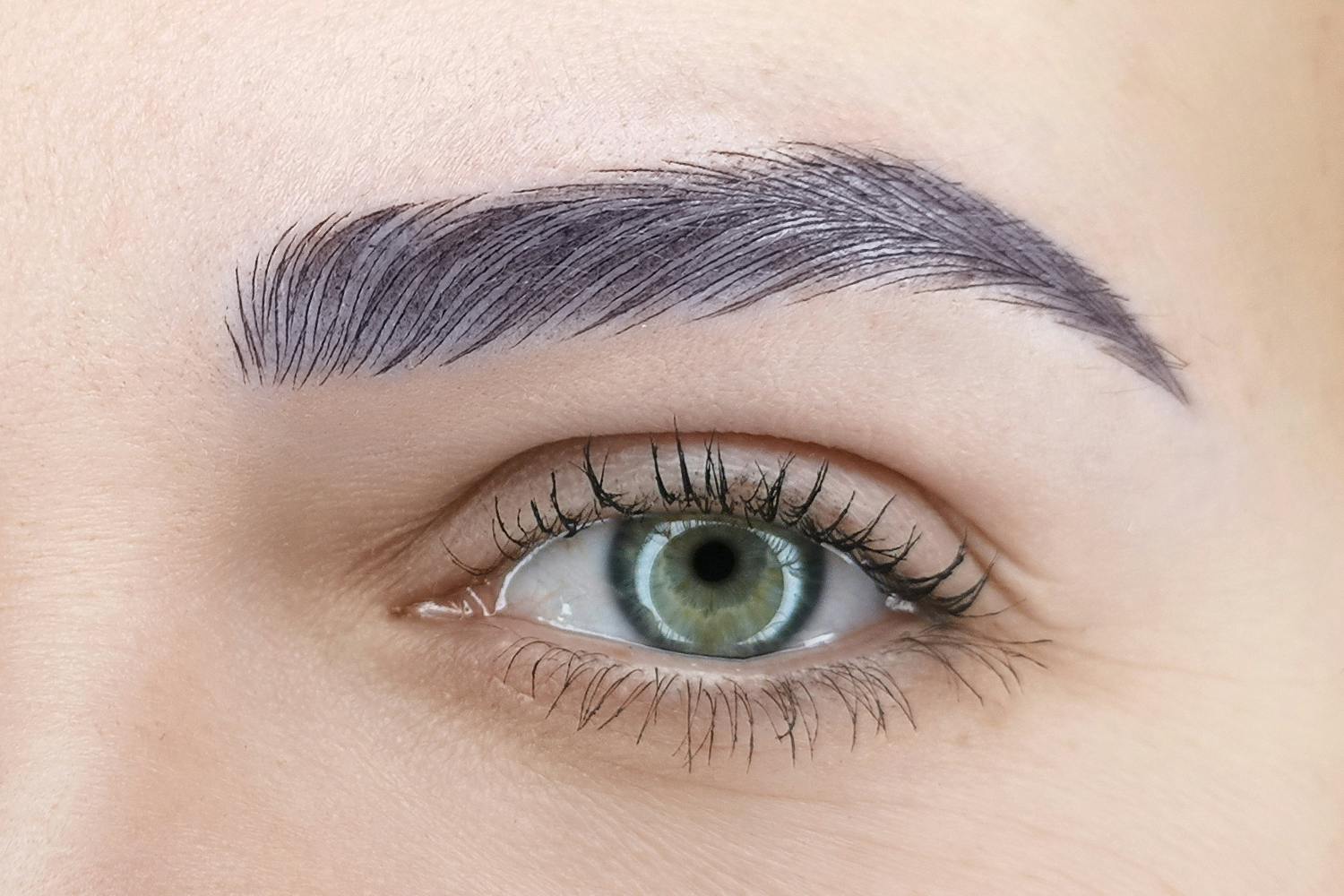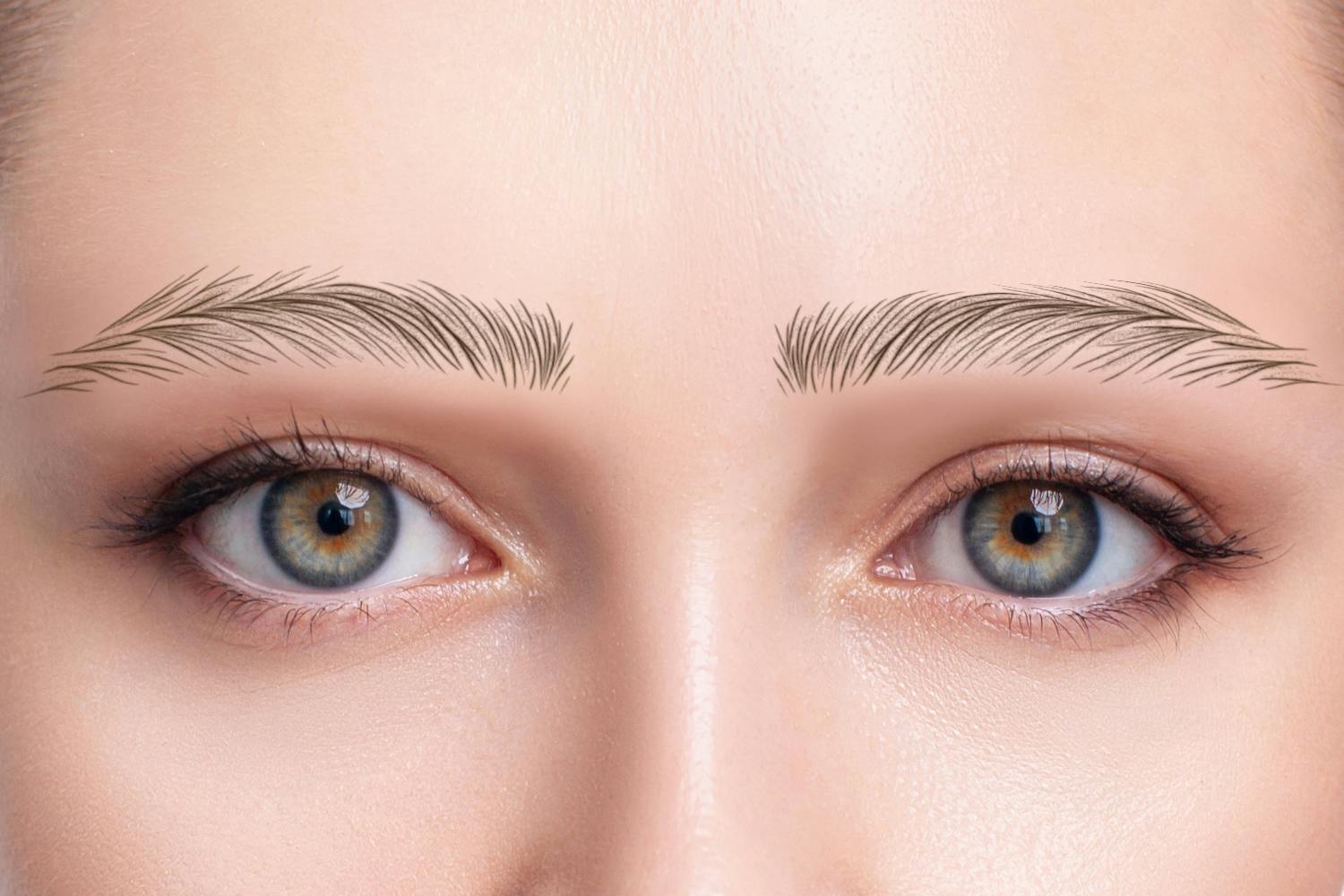Each microblading procedure is a story on its own. If you ever had a session where pigment won’t stick, or your lines look more like a Picasso painting than a perfect brow, you know how stressful this can be. A little troubleshooting can go a long way.
Today we’ll share with you the most common microblading issues, what we’ve done to prevent it, and what you can do to master the skill!
Pigment Not Retaining
We've all experienced it - you finish what seems like a textbook microblading session, yet the pigment vanishes faster than a magic trick. This common issue can be due to a multitude of factors such as the skin type (oily skin often poses this problem) or your technique. If you're not penetrating deep enough, the pigment won't retain, but too deep and you risk scarring.
The key here is to perfect the sweet spot of depth for each skin type. Another solution could lie in your aftercare routine. Remind clients to avoid sweating and makeup on their brows for at least a week post-procedure.
Tip 1: A part of the practical part at PhiAcademy is tirelessly practicing the depth of your strokes, as well as adjusting the depth to the skin type.
Tip 2: The newest SUPER Phi Pigments have the never-seen formula, allowing the best retention so far.
Tip 3: The part of the microblading course is personalized aftercare, so you can adjust to your client's needs and avoid this failure.

A part of the practical part at PhiAcademy is tirelessly practicing the depth of your strokes, as well as adjusting the depth to the skin type.
Wrong Pigment Color
Imagine this: your client's healing process goes smoothly, but as weeks pass, the brows have an unexpected color surprise. Ouch!
Maybe they've turned red, or even worse, blue-grey! This could be due to incorrect pigment selection or changes in the pigment color over time due to oxidation. The underlying principle to solve this issue is color theory. If a client has cool undertones and you apply a pigment with cool undertones, the result can be too cool, often presenting as grey or blueish. Always account for the client's skin undertones when choosing pigment shades.
Tip: Check out our color theory classes that will teach you how to find the perfect shade and mix the right colors to achieve it!

Check out our color theory classes that will teach you how to find the perfect shade and mix the right colors to achieve it.
Uneven or Unsymmetrical Eyebrows
Completing a session and realizing the brows look more like distant cousins than identical twins can be disheartening. The offenders? Inaccurate measurements or an overly chatty and mobile client. Make sure you measure both brows accurately with precision tools and consider natural facial asymmetry. As for chatty clients, remind them to limit their facial expressions during the session to ensure precision.
Tip: Use PhiBrows Golden Ratio Divider for 100% precise eyebrow measurement.

Use PhiBrows Golden Ratio Divider for 100% precise eyebrow measurement.
Unsatisfied Clients
Nothing sours a day like an unsatisfied client. And these situations occur mostly because of miscommunication or unrealistic explanations. That’s why It's critical to conduct thorough consultations before the procedure. Clearly explain the process, potential outcomes, and limitations. Share pictures of your previous work to provide realistic examples. Transparency and clear communication can ensure the client's expectations align with the results.
Tip: We’ve previously shared tips for making the most of your pre-procedure talks and handling difficult clients, so make sure to read our other articles.

Transparency and clear communication can ensure the client's expectations align with the results.
Troubleshooting in microblading is not just about fixing problems
Dear microblading artists, troubleshooting is not just about finding out how to fix a problem, but to elevate your microblading skills to the new heights.
Because expertise lies in:
● Knowing which failures can occur
● Knowing how to prevent them
● Learning from your experience
And we’re here to support you every step of the way.
Have you recently experienced any “microblading gone wrong”? What was it, and how did you handle it?
Share your experiences in the comment section below!


Join the discussion